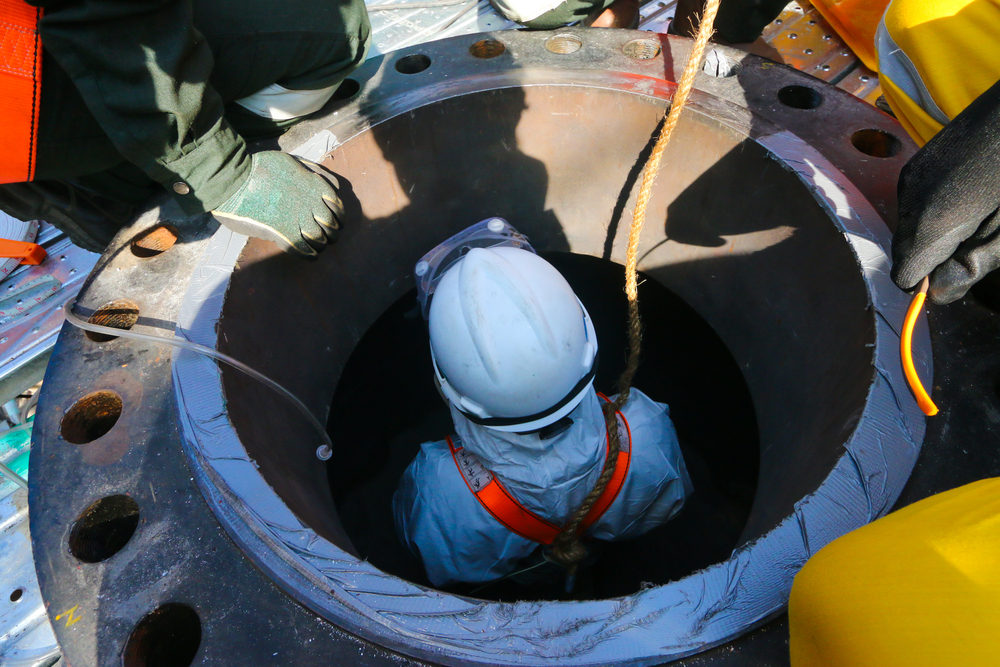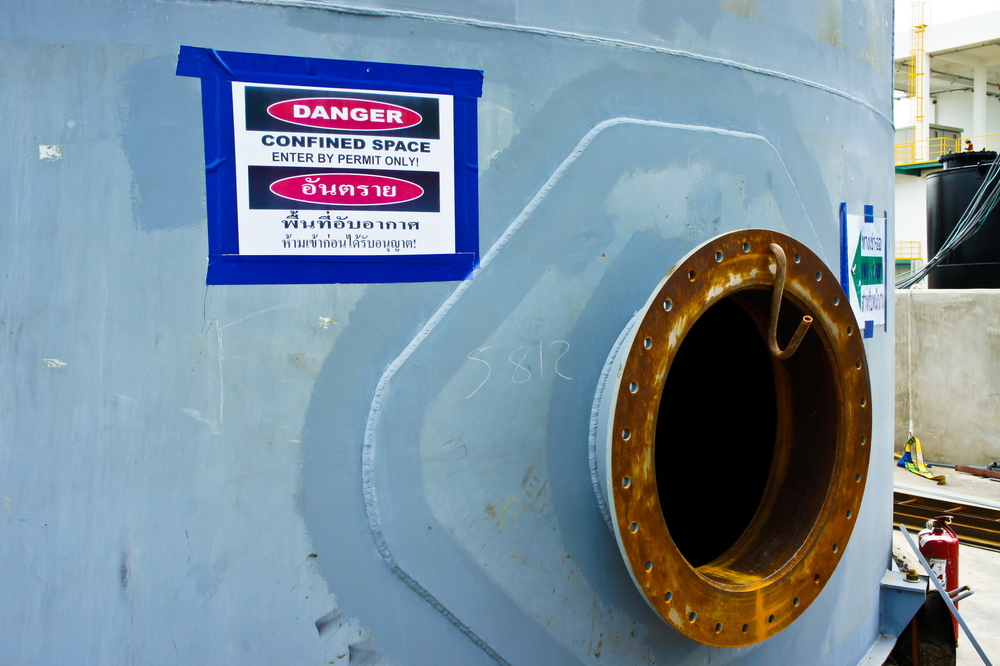How Confined Space Training Can Help Employees
2019.08.15

Every workplace has confined spaces. If not handled properly, these spaces may pose a significant hazard. It’s important to be ready and train your employees to work around confined spaces. With confined space training, you can equip your employees with the right knowledge, skills, and attitude in handling protective equipment, hazards, and safe entry procedures.
In this post, you’ll learn how confined space training can help your personnel for a more productive and successful business.
Arm Your Employees With Knowledge About Confined Spaces
The United States Department of Labor Occupational Safety and Health Administration or OSHA gives a clear definition of a confined space: it is made up of three main parts, including a space ample enough so an employee can enter and perform assigned duties or tasks. A confined space has a restricted or limited method for entry and exit, and is not designed for continuous human occupancy. Examples of these confined spaces include tanks, vessels, hoppers, vaults, silos, storage bins, pits, manholes, equipment housings, tunnels, ductwork, and pipelines. Through training, your employees can better understand what these confined spaces are.
Teach Employees How to Be Assertive
There are hazardous jobs people perform on a daily basis. Working in a confined space is also considered a dangerous job as people accomplish their work responsibilities in areas that are not suited to be inhabited by humans even for a short period.
With confined space training, you can increase your workers’ awareness to the potential dangers of working in confined spaces. Also, such training will help employees become more assertive by knowing their rights when it comes to working in confined spaces.
Here are the responsibilities of employers when it comes to confined space training:
● According to OSHA, the employer should provide confined space training. All employees working in confined spaces are regulated to acquire the knowledge and skills required so they can perform their assigned duties safely.
● Once the employer has determined the confined spaces that require a permit, an appropriate and updated training plan will be formulated.
● Employers have the option to restrict workers to enter permit-required confined spaces.
● Employers should make sure that all employees are trained about confined spaces at an awareness level. Doing so will prevent personnel from working or entering in these spaces.
Hands-On Training Is Provided
Confined space safety trainers will develop the skills of employees by working on a confined space training simulator. With a unique training program in place, employees can learn how to safeguard themselves and avoid the risks associated with entering a confined space.
After the training, your employees can confidently identify confined spaces and complete required permits. Also, they’ll be able to make a safe entry into confined spaces in compliance with OSHA procedures.

Learn About Atmosphere Testing
Confined space training also discusses the important benefits of atmosphere testing. Such testing can significantly help your employees prepare themselves to enter a confined space. Also, they’ll be more confident in using the required equipment to work safely beyond natural environments.
Here are the good-to-know facts about atmosphere testing in confined spaces:
● A calibrated reading instrument is used to test the internal atmosphere for oxygen content. Testing the oxygen level first is crucial for survival.
● Gas monitors usually have sensors (catalytic diffusion type) that can detect combustible gases. This is tested by burning a small amount, which requires 10 percent oxygen. Anything less and the gas monitor won’t respond. This means that the confined space has dangerous gas concentrations, and entry should be avoided.
● The next thing you’ll need to test is the presence of vapors and flammable gases, as well as toxic air contaminants. The pre-entry tests should be done at the top, bottom, and middle parts of the confined space.
Help Managers and Supervisors Make Decisions
The safety of your workers should be a primary consideration involving jobs in confined spaces. Confined space training allows you and your management personnel to develop a reliable system of checks. It will help monitor different situations when employees are working in confined spaces.
Here are quick facts about confined space training:
● It involves the discussion of legal obligations a company should shoulder, such as proper qualifications like medical status, education, or training. It also includes checking for up-to-date certificates before any worker can work in a confined space.
● Confined space training is also applicable for farmworkers, such as those who need to enter silos.
● Confined space training can help avert panic, saving your employees from serious injuries, which may even save their lives.
Conclusion
As the business owner or manager, confined space training is the best way to teach your employees the right procedures involved in entering such a restricted environment. It will give you peace of mind that everybody is assertive and well-prepared to handle the job. A good program will help reduce or eliminate accidents and mortality associated with working in confined spaces.
More Articles
Copyright © Fooyoh.com All rights reserved.